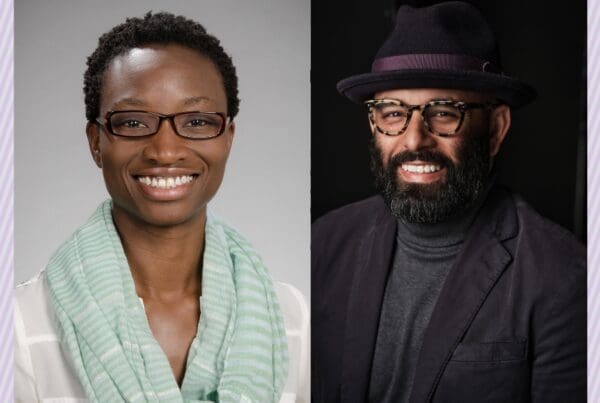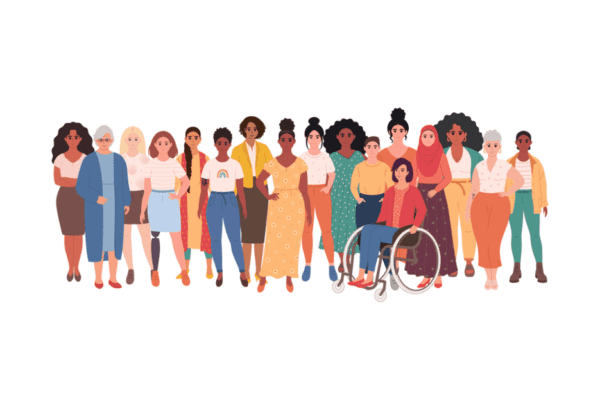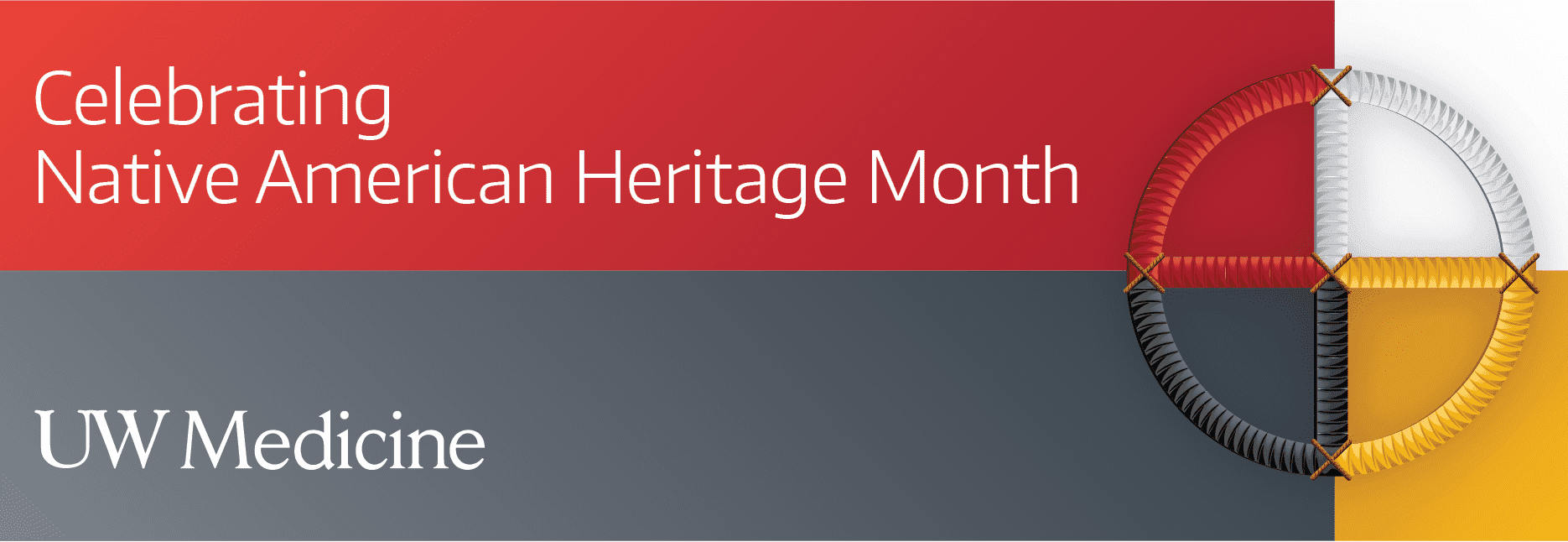
Celebrates the diverse cultures, traditions, histories and contributions of American Indian and Alaska Native peoples in the United States.
History of Native American Heritage Month
November is Native American Heritage Month. The appeal for a formal recognition day for Native American peoples has been in the works since the early 1900s. Arthur Parker, a member of the Seneca Nation of Indians, who was the director of the Museum of Arts and Science in Rochester, NY, was one of the first proponents of a day that recognized Native peoples. In 1916, New York became the first state to declare a day of recognition.
Others carried on Parker’s call for formal recognition, including Red Fox James, a member of the Blackfoot Nation who visited 24 states seeking support. While multiple U.S. presidents proclaimed a day, week or month to recognize Native American heritage, actual dates and observances were inconsistent.
It wasn’t until 1990 that Congress passed a resolution authorizing and requesting President George H.W. Bush to proclaim November, and every November after, as National Native American Heritage Month. President Bush signed the legislation, and each November, the incumbent president delivers a proclamation. Here’s the proclamation signed by President Joe Biden.
In 2009, Congress passed the Native American Heritage Day Act and President Barack Obama signed legislation that established the Friday following Thanksgiving Day as “Native American Heritage Day.”
First Peoples
Along with celebration, it is equally important to understand that Native Americans are the First Peoples of this land who were here long before white settlers arrived. They suffered greatly under colonization and the genocide, mass relocation and forced assimilation that followed. The American Museum of Natural History offers a suite of videos of Native voices along the Northwest coast sharing both the diversity of Native cultures and the impact of settlers on the culture.
Learn about land acknowledgment
Puget Sound was first inhabited by the Coast Salish peoples. To acknowledge this land is to learn and recognize the lived history of Indigenous peoples
Native and Indigenous peoples have been reclaiming their ancestral homelands through Land Back movements. Land Back campaigns promote a return to communal land ownership and provide meaningful space for traditional practices and cultural observances.
Read the University Land Acknowledgment.
Email signature
Celebrate the month and support colleagues by adding an icon to your email signature.

The icon depicts a Medicine Wheel — a significant Native American symbol for health and healing. Visit the UW Medicine brand site to download the signature. If you need instructions on how to add an email signature, visit one of the following Microsoft Office support pages:
Zoom background
Visit the UW Medicine brand site to download the background.
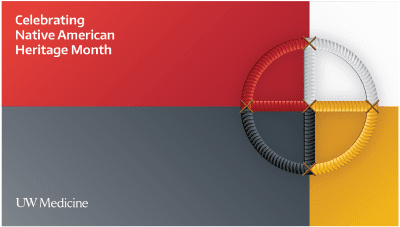
Poster
Download a PDF of the poster.
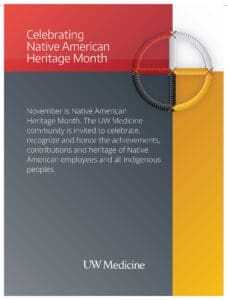
Events
- UW Medicine Native American Heritage Month Flag Raising on Nov. 1 at noon on all hospital campuses.
- UW American Indian Studies hosts Sacred Breath: Indigenous Writing and Storytelling Series on Nov. 16, 5-6:30 p.m
- Autumn Coastal Jam at the Intellectual House on Nov. 3, from 5-9 p.m. Address for Intellectual House: 4249 Little Canoe Channel NE, Seattle, WA 98195. Parking is available at Padelford Plaza.
Resources
- Learn about UW School of Medicine’s Indian Health Pathway.
- Learn more about Northwest Native Art at the Burke Museum.
- Learn about UW’s American Indian Studies.
- Read “Surveying the Native art of the Pacific Northwest” in UW Magazine.
- Read “American Indian & Alaska Native Contributions to Public Health” on the Centers for Disease Control and Prevention website.
- Read “A Guide to Indigenous Land Acknowledgement” by the Native Governance Center.
- Read “Native American Cultural Heritage Guide” by Visit Seattle.
- Read “Two-Spirit” by Indian Health Service to learn more about the Two-Spirit community.
- Listen to “Living Nations, Living Words,” a collection of contemporary Native poetry curated by poet laureate Joy Harjo and the Library of Congress.
- Explore the map created by Native Land Digital and learn about the Indigenous history of the land and the impact of colonialism.
- Watch “Lushootseed, Seattle’s original language,” on Seattle Channel.
- Watch “Get to know the UW campus with Indigenous Walking Tour” on UW News.
